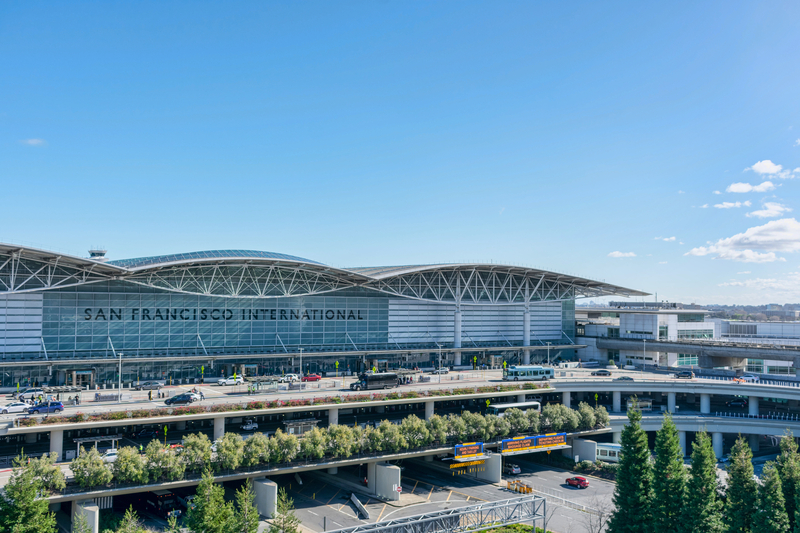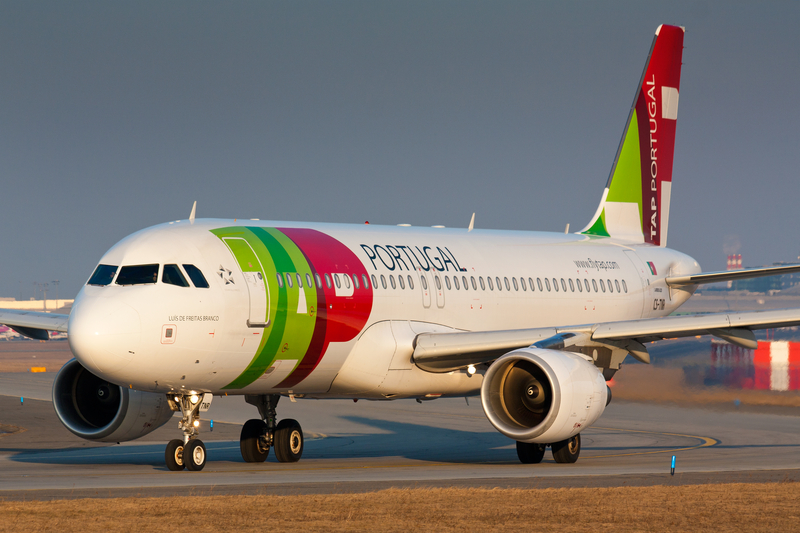Halifax’s Transatlantic Takeoff: 13 Nonstops Now Link Stanfield to Europe
Halifax Stanfield International Airport (YHZ) has quietly become Atlantic Canada’s most dynamic transatlantic gateway. After handling 3.9 million passengers last year (up 11.2% year-over-year) and tracking toward 4.2 million by year-end, the airport now boasts 13 nonstop routes to Europe—the most in its history—while serving roughly 30 international destinations overall.
WestJet is the engine of growth
No carrier has shaped Halifax’s European resurgence more than WestJet. Building on new service to Amsterdam and Barcelona and a restored Paris link in 2025, WestJet’s Summer 2026 schedule adds three more capitals to the map: Madrid, Lisbon (pending approvals), and Copenhagen. All are planned as summer seasonal services operated by fuel-sipping Boeing 737 MAX aircraft, a choice that lets WestJet fly long, thinner routes without widebodies and match demand to the peak season.
These additions slot neatly into a network that already includes Dublin, Edinburgh, and London Gatwick, rounding out a leisure-heavy portfolio that plays to Halifax’s strengths: VFR traffic, tourism on both sides of the Atlantic, and efficient one-stop connectivity deeper into Europe.
Zurich joins the party, and legacy hubs hold
Halifax also landed its first-ever Swiss connection in 2025, when Edelweiss launched Zurich—now the airport’s longest European route at roughly 2,900 nautical miles. On the Continent’s northern rim, Icelandair restored Reykjavík with a summer schedule that will ease slightly next year but remains a valuable bridge to onward Europe. On the core trunk markets, Discover Airlines (Lufthansa Group) keeps Frankfurt in the mix seasonally, while Air Canada sustains year-round London Heathrow, the airport’s most reliable transatlantic workhorse.
The result is a balanced portfolio: leisure-first destinations where narrowbodies thrive, paired with two heavyweight hubs that funnel business and connecting traffic into Europe’s rail and air networks.
How Halifax got here
Post-pandemic, YHZ leaned into nimble, seasonal scheduling and right-sized fleets. Airlines matched aircraft to market reality: single-aisle jets with long legs for summer peaks, while preserving at least one year-round European anchor (Heathrow). Since 2022, Halifax’s European network has expanded by about 64%, with available capacity up roughly 66%—evidence that the strategy is resonating with travelers and airlines alike.
What it means for travelers (and the region)
For Maritimers, the upgrade is tangible: more cities reachable in one hop, shorter total journey times, and better summer-season fare competition. For Nova Scotia’s tourism and trade, the web of links—from Iberian gateways like Madrid and Lisbon to central connectors like Frankfurt and Zurich—broadens the funnel of visitors and simplifies export logistics, all while keeping Halifax visible on airline route planners.
The fine print
European service at Halifax remains highly seasonal. Icelandair will trim Reykjavík frequencies next summer, and some city pairs will always ebb and flow with demand, aircraft availability, and broader airline strategies. But with WestJet’s sustained investment, Edelweiss’s successful debut, and legacy hubs firmly in place, Halifax’s transatlantic footprint looks deeper, more diverse, and more durable than ever.
Bottom Line
Halifax now punches far above its weight across the Atlantic—13 European routes strong—and the runway for smart, seasonal growth still looks wide open.





